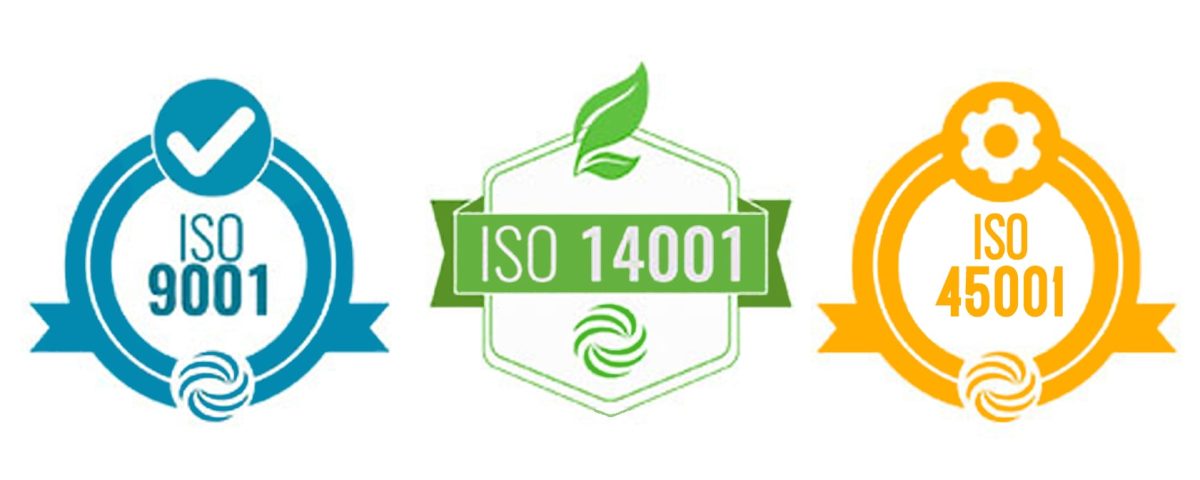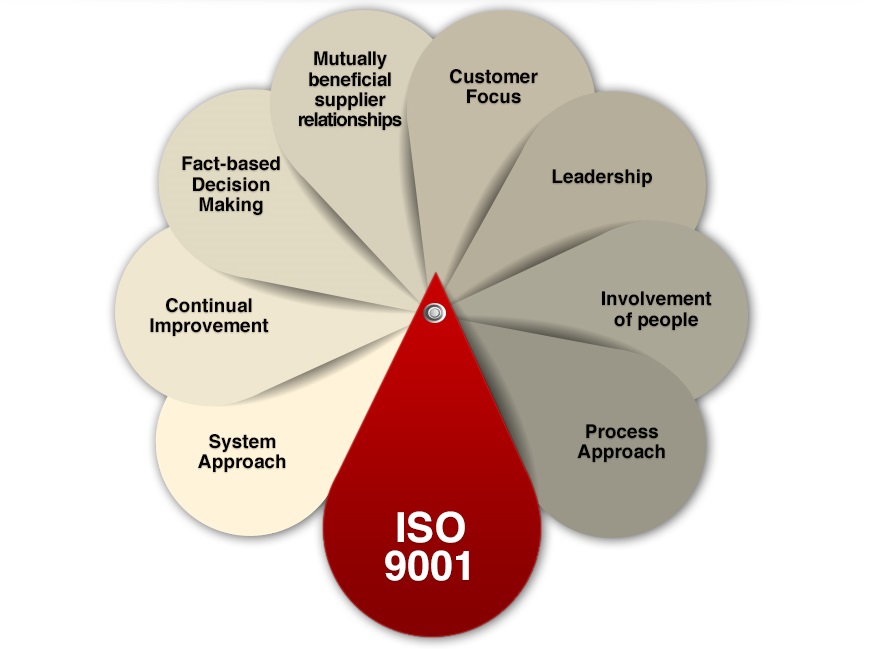What is ISO 9001, 14001, and 45001?
10 Things You Should Never Say to a Translator
23rd October 2025These three are international standards developed by the International Organization for Standardization (ISO). Each one focuses on a different aspect of management within an organization — quality, environment, and health & safety.
Here’s a clear breakdown:
🏗️ ISO 9001 – Quality Management System (QMS)
Purpose:
To help organizations ensure that their products or services consistently meet customer and regulatory requirements and to improve customer satisfaction.
Key focus areas:
-
Process control and continual improvement
-
Customer satisfaction and feedback
-
Leadership commitment and employee involvement
-
Risk-based thinking and corrective action
Typical use:
Any organization, in any industry, that wants to improve its efficiency and reliability — from manufacturing to services.
🌿 ISO 14001 – Environmental Management System (EMS)
Purpose:
To help organizations minimize their environmental impact and comply with environmental laws and regulations.
Key focus areas:
-
Reducing waste, pollution, and resource use
-
Managing environmental risks and impacts
-
Continuous environmental performance improvement
-
Legal compliance
Typical use:
Companies that want to demonstrate environmental responsibility — for example, factories, construction firms, or energy producers.
🦺 ISO 45001 – Occupational Health and Safety Management System (OHSMS)
Purpose:
To create a safe and healthy workplace by preventing work-related injuries and illnesses.
Key focus areas:
-
Hazard identification and risk control
-
Worker participation and consultation
-
Legal compliance with health and safety laws
-
Emergency preparedness and continual improvement
Typical use:
Organizations of any size that want to systematically manage workplace safety and protect employee wellbeing.
📊 How They Work Together
Many organizations integrate all three into a single Integrated Management System (IMS) because they share similar structures (based on the ISO “High-Level Structure” framework).
That way, one system can handle:
-
Quality (ISO 9001)
-
Environment (ISO 14001)
-
Health & Safety (ISO 45001)
Would you like me to show a simple comparison table of the three (purpose, main benefits, certification focus)? It can make their differences really clear at a glance.


